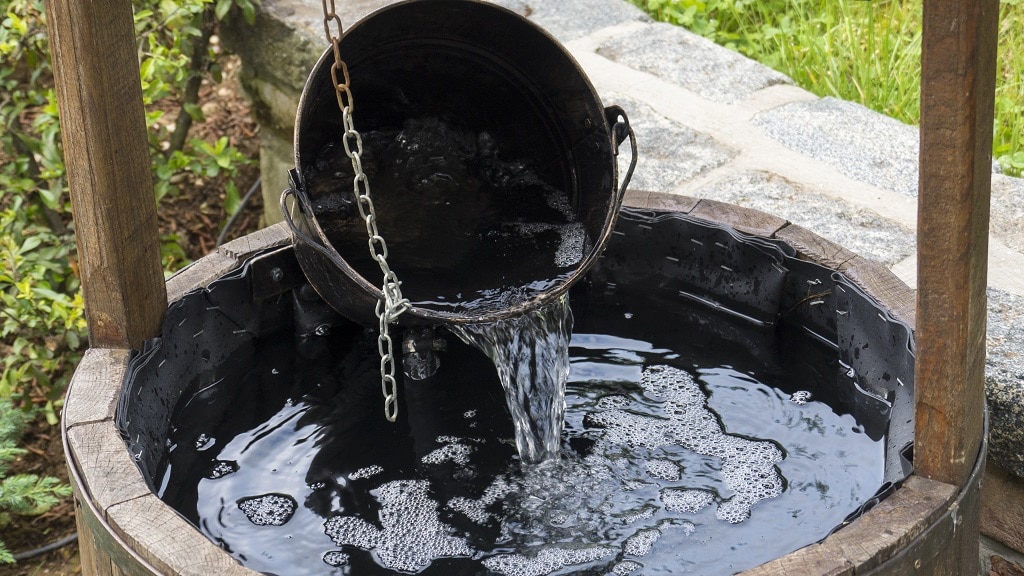While most people living in a city receive municipal water, those that live in rural areas will often receive their water from private wells. Drilling for this water can go as deep as 1,000 feet, potentially causing contamination of the water, even if the drilling is done correctly. For this reason, water that comes from a well must go through a filtration system to ensure that it is safe to use. This will remove those contaminants so that the water will not harm your family. Here are some mistakes that should be avoided when testing well water.
Not Having It Professionally Tested
The contaminants that exist in your well water may differ depending on where you live and what well you’re using. Many factors determine what contaminants will infiltrate your water, including the area, depth, and quality of the drilling. Water filtration systems are designed to remove specific contaminants. Before you install a water filtration system, you need to know what contaminants need to be filtered out. Professional testing of the water will tell you what contaminants exist, ensuring that they are filtered out to provide safe water.
Not Having Well Water Tested Annually
The quality of well water changes continuously. While you may discover specific contaminants infiltrating your water after the first testing, you could have different contaminants in your water months later. Having your well water tested isn’t required by law but is essential for keeping your family safe. You should have your water tested annually so that you’re aware of what contaminants exist. It could require a change in your filtration system.
Not Focusing on a Specific Issue
An easy mistake when purchasing a water treatment system is thinking that the system will filter out any contaminant. Water treatment systems filter out specific contaminants, so you need to be aware of the contaminants in your water. Otherwise, you could end up not filtering out the right contaminants, and your water could be unusable. When you have your water tested, you need to make sure that you understand which specific contaminants are in your water so that you can purchase the right filtration system to clean your water.

Not Considering Underlying Issues
Knowing the contaminants in your water is important, but it’s not the only important thing when testing your well water. If your water is not safe, there may be an underlying issue causing the problem. For example, if your water smells like rotten eggs, there may be sulfur in the water. This could be caused by issues with your pipes or plumbing instead of what’s in the well. Understanding why your water may not be safe is important when having your water tested.
If you live in certain areas, you may require a well to provide water for you and your family. As this water comes from the ground, it will contain certain contaminants that must be removed for it to be safe. A thorough water testing will ensure that the water is safe for use and consumption. Avoiding these mistakes will help you find the right filtration system to clean your water. Contact Environmental Testing and Research Laboratories if you need the best drinking water testing lab.

